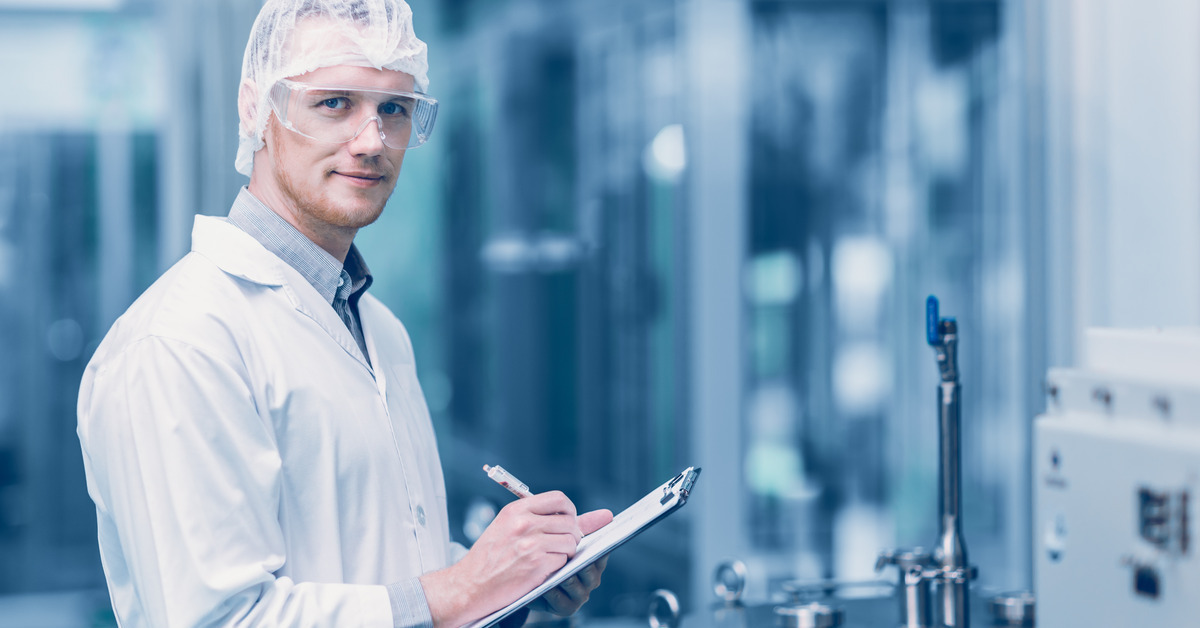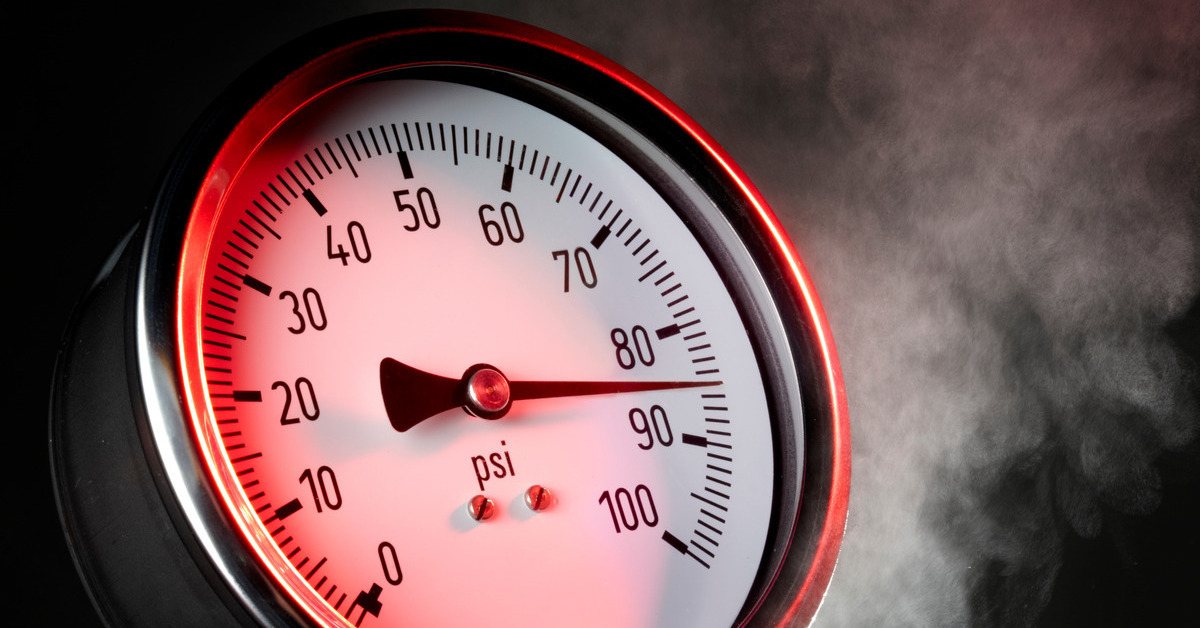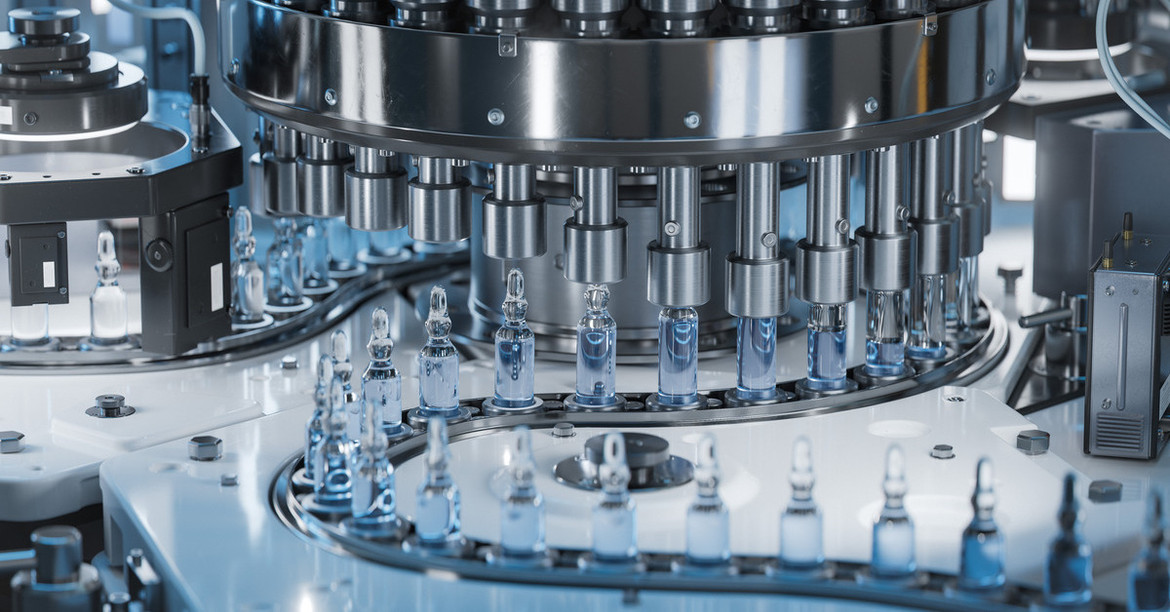23rd Oct 2024
The Value of Pressure Monitoring in Pharmaceutical Settings
Maintaining precise environmental conditions in pharmaceutical settings ensures product safety, efficacy, and regulatory compliance. Pressure monitoring within key areas of the facility is one aspect of maintaining this type of environment.
Pressure monitoring minimizes contamination risks, keeps sensitive equipment functioning properly, and maintains smooth production. The following guide explores the value of pressure monitoring in pharmaceutical settings. Let’s dive into its significance for regulatory compliance, product safety, and facility performance.
Why Controlled Pharmaceutical Environments Matter

Pharmaceutical production requires a tightly controlled environment to protect products from contamination, degradation, or other undesirable changes. Pressure differences between different rooms and zones are vital in preserving the integrity of these processes, whether manufacturing drugs, storing raw materials, or packaging final products. Contaminants, such as dust, microbes, or other foreign particles, can compromise product quality, making pressure monitoring essential to maintain controlled environments.
Establishing cleanrooms with graded levels of cleanliness is one of the main reasons for controlling pressure. Positive pressure keeps air flowing away from clean zones, preventing contaminants from entering sensitive areas. Areas with hazardous substances use negative pressure to prevent leaks into other parts of the facility.
Maintaining Regulatory Compliance
Regulatory compliance isn’t optional in the pharmaceutical industry—it’s essential. Governing bodies, such as the FDA (Food and Drug Administration) and the EMA (European Medicines Agency), impose stringent requirements for environmental controls in manufacturing processes. Pressure monitoring is one element these bodies focus on during inspections, as it directly impacts contamination control.
Failing to comply with regulatory standards can lead to serious consequences, such as product recalls, fines, or facility shutdowns. Continuous pressure monitoring systems allow pharmaceutical companies to maintain and document the pressure differentials in their facilities. This documentation is critical during regulatory reviews, demonstrating compliance with Good Manufacturing Practices (GMP).
Reducing Contamination Risks
Pressure monitoring is key to mitigating contamination risks in pharmaceutical environments. Keeping the pressure within cleanrooms higher than that of adjacent areas allows operators to direct the airflow outward, minimizing the risk of contaminants entering critical zones. Likewise, areas that handle hazardous substances must maintain negative pressure to contain any potential exposure.
Without adequate pressure control, contaminants, such as bacteria, dust, and chemicals, can enter clean environments, posing risks to products and employees. This exposure can compromise the quality of pharmaceutical products and the health of personnel working in these areas.
Supporting Sterility in Cleanrooms
Cleanrooms are specialized environments that require constant monitoring to maintain sterility. The pharmaceutical industry classifies cleanrooms by their cleanliness level, determined by the number of particles allowed per cubic meter of air. Cleanrooms often rely on a combination of airflow systems, filtration, and pressure differentials to maintain sterility.
Pressure monitoring systems help uphold cleanroom standards by maintaining consistent pressure levels. Pressure deviations could indicate a breach in the cleanroom environment, alerting operators to take immediate corrective actions. Pressure monitoring, when combined with other environmental controls, supports sterile products by preventing contamination.
Protecting Sensitive Equipment
Many pieces of equipment used in pharmaceutical production are highly sensitive to changes in environmental conditions, particularly pressure. For example, vacuum systems, isolation chambers, and certain types of filling machinery rely on stable pressure levels to function correctly. Pressure levels fluctuating outside of acceptable ranges can affect equipment performance, leading to potential product defects or production downtime.
Pressure monitoring systems detect and report any deviations, allowing facility operators to address issues before they escalate. This proactive approach minimizes the risk of equipment malfunction and ensures consistent production quality.
Enhancing Production Efficiency
A well-maintained pressure monitoring system protects products and equipment and improves production efficiency. Facility managers can maintain an optimal work environment by continuously monitoring pressure levels, reducing the likelihood of unexpected downtime caused by environmental fluctuations.
Facility managers can collect and analyze real-time data to identify trends and areas for improvement when they automate and integrate pressure monitoring into a broader environmental control system. This data is invaluable in streamlining operations and preventing issues before they affect production.
Types of Pressure Monitoring Systems

The pharmaceutical setting uses several types of pressure monitoring systems, each suited to different applications:
- Differential pressure sensors measure the difference in pressure between two areas, such as the inside and outside of a cleanroom.
- Room pressure monitors track the pressure within individual rooms to maintain the correct pressure differential.
- Continuous monitoring systems provide real-time data on pressure levels, triggering alarms if pressure deviates from specified ranges.
- Portable monitors allow operators to manually check pressure levels, offering flexibility for spot checks and inspections.
Each system provides unique benefits, and many facilities use a combination of these systems to maintain optimal pressure control.
Integrating Pressure Monitoring With Other Environmental Controls
Facility managers in pharmaceutical settings should integrate pressure monitoring with other environmental control systems, such as temperature, humidity, and air filtration. These systems, working in tandem, create a cohesive approach to maintaining clean and safe production environments.
For example, facility operators often use high-efficiency particulate air (HEPA) with pressure monitoring to control clean airflow into production areas. Automated systems can continuously adjust pressure levels and airflow to maintain optimal conditions throughout the facility.
The Role of Purchasing Agents in Selecting Pressure Monitoring Systems
Purchasing agents and inventory buyers are critical in keeping facilities equipped with the right pressure monitoring systems. The decision to invest in high-quality, reliable equipment can have a lasting impact on the facility’s ability to maintain regulatory compliance and produce safe, effective pharmaceutical products.
Purchasing agents should consider the following factors when selecting pressure monitoring systems:
- Accuracy of the monitoring system.
- Easy integration with existing systems.
- Calibration requirements.
- Data logging and reporting capabilities.
- Compatibility with other environmental controls.
By focusing on these aspects, purchasing agents can make informed decisions that will benefit their facilities in the long term.
Recorders Charts & Pens: How We Can Help
As you can see, the value of pressure monitoring in pharmaceutical settings is exponential. Pressure control is essential for maintaining the integrity of the production environment, from maintaining regulatory compliance to protecting products and personnel from contamination.
Purchasing agents help their organizations maintain the high standards required in pharmaceutical production by selecting reliable pressure monitoring systems. The equipment purchased must meet stringent requirements to keep production running smoothly and safely.
For example, the availability of supplies such as circular chart pens, often used in these monitoring systems, helps facility managers maintain accurate and efficient record-keeping for compliance purposes. Recorders, Charts, & Pens supplies quality chart recorder pens for specialized pharmaceutical needs. Contact us today to learn how we can help your company maintain operational efficiency, protect its products, and meet regulatory demands.

